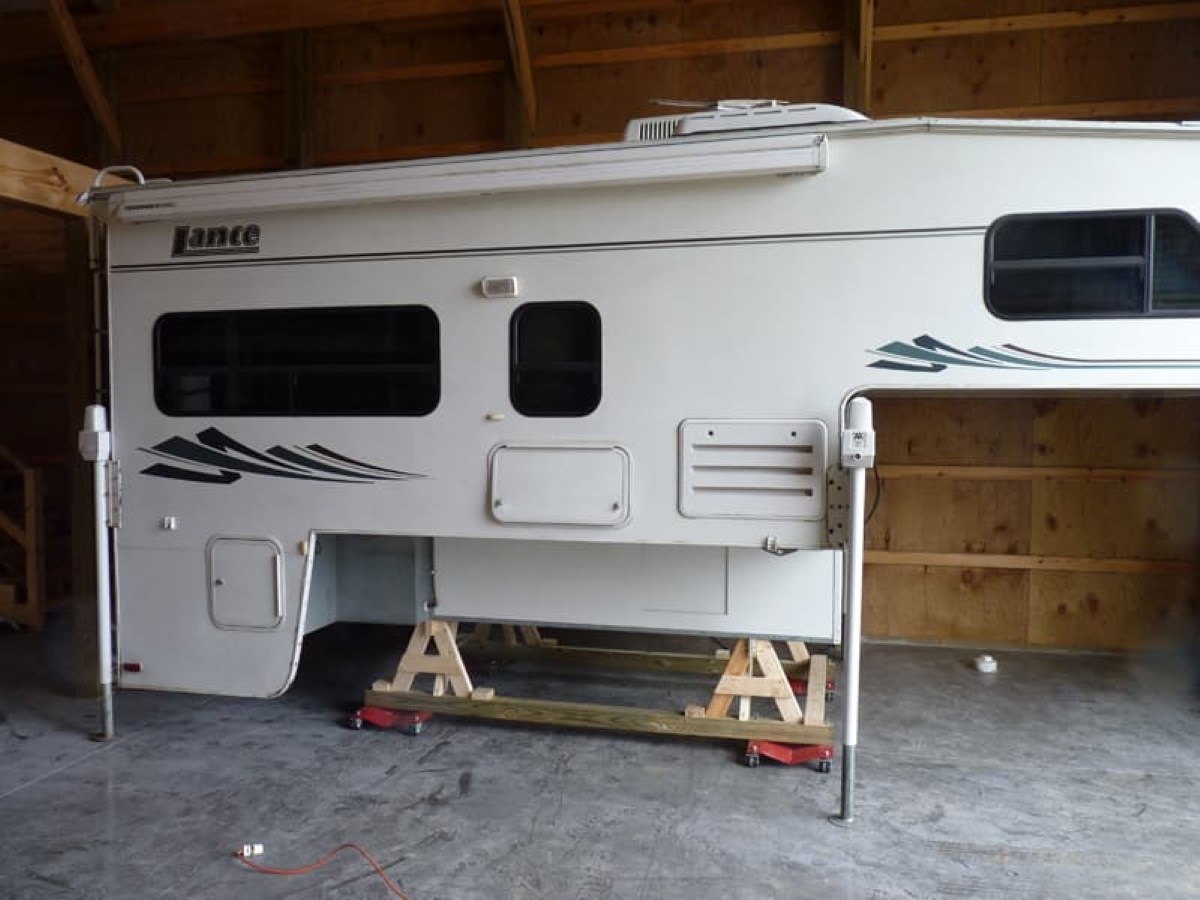

Articles
How To Store A Camper
Modified: January 6, 2024
Learn the best techniques for storing your camper with these helpful articles. Protect your investment and ensure its longevity.
(Many of the links in this article redirect to a specific reviewed product. Your purchase of these products through affiliate links helps to generate commission for Storables.com, at no extra cost. Learn more)
Introduction
Storing a camper properly is essential to protect it from the elements, maintain its condition, and ensure it’s ready for your next adventure. Whether you own a motorhome, travel trailer, or pop-up camper, following the right storage procedures can significantly extend its lifespan and save you from costly repairs.
In this article, we will discuss the step-by-step process of storing a camper. From finding the perfect storage location to choosing the right storage method, we’ll provide you with valuable tips and guidance. By following these guidelines, you can ensure that your camper remains in optimal condition during the off-season.
So, let’s dive in and explore the best practices for storing a camper effectively.
Key Takeaways:
- Proper camper storage involves finding a secure location, thorough cleaning, and disconnecting utilities. Choosing the right storage method and conducting regular maintenance are essential for preserving your camper’s condition and longevity.
- Whether opting for indoor or outdoor storage, proper preparation, and follow-up maintenance are crucial for keeping your camper in optimal condition. By following these steps, you can protect your investment and ensure many more enjoyable camping trips in the future.
Read more: How To Store A Camper Trailer
Finding an Appropriate Storage Location
When it comes to storing your camper, finding the right storage location is crucial. Here are a few factors to consider when selecting an appropriate storage facility:
- Security: Look for a storage facility that offers adequate security measures such as 24/7 surveillance, gated access, and well-lit premises. This will help safeguard your camper against theft or vandalism.
- Accessibility: Consider how easily you can access your camper when needed. If you plan to use it frequently during the off-season, choose a storage location that is convenient and easily accessible.
- Climate Control: Depending on your location and the type of camper you own, climate-controlled storage may be necessary. Extreme temperatures and humidity can damage the interiors of your camper, so opting for a facility that regulates temperature and humidity levels can help protect your investment.
- Space: Ensure that the storage facility has ample space to accommodate your camper. Measure the length, width, and height of your camper to ensure a proper fit.
- Restrictions: Check if there are any restrictions or regulations in place at the storage facility. Some facilities may have limitations on the type of campers they accept or specific rules regarding storage procedures.
It’s also worth considering whether you prefer indoor or outdoor storage. Indoor storage offers better protection against the elements, while outdoor storage may be more affordable. Assess your needs and budget to make an informed decision.
Once you have identified a potential storage location, visit the facility in person. This will allow you to assess the security measures, cleanliness, and overall condition of the facility.
Remember, the quality of the storage location can greatly impact the condition of your camper during the off-season. Take the time to research and choose wisely to ensure the best storage experience.
Cleaning and Preparing the Camper
Before storing your camper, it’s important to thoroughly clean and prepare it. Proper cleaning will help prevent damage caused by dirt, debris, and pests during the storage period. Here’s a step-by-step guide on how to clean and prepare your camper:
- Remove all personal belongings: Take out any personal items, food, and perishables from the camper. This will prevent odors, pests, and potential damage.
- Clean the interior: Start by removing any loose items and wiping down the surfaces. Vacuum the carpets and upholstery thoroughly. Clean the windows, mirrors, and countertops using appropriate cleaning solutions. Don’t forget to empty and clean all tanks and plumbing systems.
- Clean the exterior: Wash the exterior of the camper using a mild detergent or RV-specific cleaning solution. Pay attention to the roof, awnings, and any other external features. Rinse thoroughly and allow it to dry completely.
- Check for leaks: Inspect the camper for any signs of leaks, including water stains or damp areas. Repair any leaks before storing the camper to avoid moisture damage.
- Protect against pests: Take measures to prevent pests from entering the camper during storage. Use pest repellents, seal any openings, and consider placing mothballs or dryer sheets inside to deter insects and rodents.
- Check and maintain tires: Inflate the tires to the recommended pressure and inspect them for any signs of wear or damage. Consider using tire covers to protect them from the sun’s harmful rays.
- Secure loose items: Ensure that all internal and external items are properly secured. Close all windows, lock doors, and secure any loose awnings or hatches to prevent damage during storage.
By following these cleaning and preparation steps, you’ll ensure that your camper is in optimal condition when you retrieve it from storage. A clean and well-maintained camper will also make your next camping trip more enjoyable.
Emptying and Disconnecting Utilities
Before storing your camper, it’s crucial to empty and disconnect all utilities to prevent damage and ensure a smooth storage experience. Here are the essential steps to follow:
- Empty the water tanks: Drain all the water from the freshwater, gray water, and black water tanks. Follow the proper procedures outlined in your camper’s manual. Be sure to empty and clean the tanks thoroughly to avoid any odors or buildup during storage.
- Disconnect the battery: If your camper has a battery, disconnect it to prevent drain and corrosion. Store the battery in a cool and dry location, ideally on a battery maintainer to keep it charged and in good condition.
- Turn off propane: Shut off the propane supply and any gas appliances inside the camper. It’s essential to follow the manufacturer’s instructions and safety guidelines for properly shutting off and storing propane tanks.
- Disconnect electrical appliances: Unplug all electrical appliances, including refrigerators, TVs, and other devices. Clean and empty the refrigerator, ensuring there are no perishable items left inside.
- Secure loose cables: Secure any loose cables or wires to prevent damage and tangling. Use cable ties or organizers to keep them neat and out of the way during storage.
Disconnecting and emptying the utilities not only ensures the safety of your camper during storage but also reduces the risk of any leaks or damage that may occur if left connected. It’s crucial to follow these steps diligently to avoid any potential issues when you retrieve your camper later.
Detaching and Securing External Items
Before storing your camper, it’s important to detach and secure any external items to prevent damage and ensure a smooth storage experience. Here are some steps to follow:
- Remove awnings and canopies: If your camper has awnings or canopies, retract and secure them properly. Clean them thoroughly before storage and allow them to dry completely to prevent mold or mildew.
- Remove and store detachable parts: Take off any detachable parts such as antennas, bike racks, or external storage boxes. Clean them and store them in a secure location to prevent loss or damage.
- Deflate and store inflatable items: If you have inflatable items such as air mattresses or kayaks, deflate them and store them in a dry and clean place to prevent punctures or damage.
- Secure the hitch: If you’re storing a travel trailer or fifth wheel, make sure the hitch is securely locked in place and that the trailer brakes are disengaged.
- Secure all doors and windows: Double-check that all doors and windows are closed and securely locked. This will prevent any potential damage from wind or weather during the storage period.
- Cover the tires: Use tire covers to protect the tires from UV rays and prevent dry rot. Ensure that the tires are properly inflated before covering them.
- Cover the camper: Consider using a breathable cover to protect the exterior of the camper from dust, debris, and UV rays. Make sure the cover fits properly and is secured to prevent damage caused by wind.
By detaching and securing external items, you’ll minimize the risk of damage during storage and ensure that everything is in good condition when you’re ready to use your camper again.
Read more: How To Store A Pop Up Camper
Covering and Protecting the Camper
Covering and protecting your camper during storage is essential to shield it from the elements and maintain its condition. Here are some key steps to follow:
- Clean and dry: Before covering your camper, make sure it’s clean and completely dry. Any dirt or moisture left on the surface can lead to mold, mildew, and damage over time.
- Choose the right cover: Select a cover that is specifically designed for your camper’s size and shape. Look for a breathable material that provides protection against UV rays, dust, and moisture.
- Secure the cover properly: Ensure that the cover is snugly fitted over the camper and securely fastened. Use straps, clips, or bungee cords to keep the cover in place, especially in windy conditions.
- Consider additional protection: If you’re storing your camper outdoors, consider using additional protective measures. This may include using tire covers, RV skirting, or placing dehumidifiers or moisture-absorbing products inside the camper to prevent condensation.
- Check and maintain the cover: Periodically inspect the cover for any signs of damage or wear. Repair or replace the cover as necessary to ensure continued protection.
Covering your camper provides an extra layer of protection against weather elements, debris, and fading from the sun’s UV rays. It helps to preserve the exterior finish and extends the overall lifespan of your camper.
Remember to remove the cover and inspect your camper periodically, especially after severe weather conditions, to address any potential issues and allow for proper ventilation.
When storing a camper, make sure to clean and dry the interior thoroughly to prevent mold and mildew. Remove all perishable items and consider using moisture-absorbing products to maintain a dry environment.
Choosing the Right Storage Method
Choosing the appropriate storage method for your camper is crucial to ensure its safety and protection during the off-season. Here are some factors to consider when selecting the right storage method:
- Indoor Storage: Indoor storage offers the highest level of protection against the elements. It keeps your camper shielded from harsh weather conditions, UV rays, and potential vandalism. Indoor storage options include dedicated RV storage facilities, garages, or covered carports.
- Outdoor Storage: Outdoor storage is more affordable and widely available. However, it is less secure and offers less protection against weather elements. If you opt for outdoor storage, look for a facility that offers security measures and consider using covers or additional protective measures.
- Self-Storage Units: Renting a self-storage unit is an option if you have limited space at home. These units offer both indoor and outdoor storage options, with varying levels of security and accessibility. Choose a unit size that accommodates your camper and consider climate-controlled options if needed.
- Home Storage: If you have enough space on your property, storing your camper at home may be convenient. However, consider zoning regulations, neighborhood rules, and accessibility factors before choosing this option.
When deciding the right storage method, assess your budget, location, accessibility needs, and desired level of protection. Consider the length of storage required and the climate in your area as well.
Regardless of the storage method you choose, it’s important to conduct regular maintenance and inspections to ensure the well-being of your camper. This includes checking for any pests, leaks, or damage before and after storing.
By selecting the appropriate storage method, you can have peace of mind knowing that your camper is securely stored and ready for your next adventure.
Indoor Storage Options
When it comes to storing your camper indoors, there are several options available that provide the highest level of protection. Here are some common indoor storage options to consider:
- RV Storage Facilities: Many dedicated RV storage facilities offer indoor storage options. These facilities are specifically designed to accommodate campers of all sizes and provide excellent security measures. They often have climate-controlled units that regulate temperature and humidity, keeping your camper in optimal condition.
- Garages: If you have a garage with enough space, storing your camper indoors is a convenient and cost-effective option. This provides maximum protection from the elements and potential theft. Ensure that the garage has sufficient clearance and consider installing security measures like cameras or alarms for added security.
- Covered Carports: Covered carports provide a roofed shelter for your camper, offering protection from direct sunlight and precipitation. While not completely enclosed like a garage, they still offer a higher level of protection than outdoor storage options.
Indoor storage options are ideal for long-term storage or if you live in an area with extreme weather conditions. They provide the best protection against UV rays, hailstorms, and other environmental factors that can damage your camper.
Prior to selecting an indoor storage option, measure the dimensions of your camper to ensure it will fit comfortably. Also, consider the accessibility aspect. If you plan to use your camper frequently during the off-season, choose a facility or storage method that allows easy access.
Remember to prepare your camper by cleaning it thoroughly, detaching external items, and following the necessary steps to ensure it’s in optimal condition before placing it in indoor storage.
By choosing an indoor storage option, you can have peace of mind knowing that your camper is safe, secure, and protected from the elements.
Outdoor Storage Options
If indoor storage is not feasible or within your budget, outdoor storage options can still provide a satisfactory level of protection for your camper during the off-season. Here are some outdoor storage options to consider:
- Open Parking Lots: Many storage facilities offer open parking lots specifically designed for RVs and campers. These lots typically have designated spaces with security measures such as surveillance cameras and gated access.
- Gravel or Paved Lots: Some storage facilities provide gravel or paved lots for outdoor camper storage. These lots offer a more stable and secure area for parking your camper. Ensure that the lot is well-maintained to avoid any damage to your camper’s tires or other components.
- Home Driveway or Yard: If you have sufficient space on your property, storing your camper in your driveway or yard can be a convenient option. It allows you easy access to your camper whenever you need it. However, consider local regulations and homeowner association rules before choosing this option.
- Neighbor’s Property: If you don’t have enough space on your property, you might consider asking a trusted neighbor with ample space if they would be willing to let you store your camper on their property. Be sure to establish clear expectations and define the terms of storing your camper on someone else’s property.
When choosing an outdoor storage option, look for facilities or locations with security measures such as fenced perimeters, surveillance cameras, and well-lit areas. Additionally, consider investing in a high-quality camper cover that can protect your rig from UV rays, dust, and precipitation.
Prior to storing your camper outdoors, thoroughly clean it, detach external items, and secure loose items to avoid any damage during storage. Consider using tire covers and periodically checking on your camper to address any issues that may arise.
While outdoor storage may not provide the same level of protection as indoor storage, with proper precautions and maintenance, your camper can still remain in good condition during the off-season.
Read more: How To Clean Camper Cushions
Follow-Up Maintenance and Inspections
Even after you have stored your camper, it’s essential to conduct regular maintenance and inspections to ensure its continued well-being. Here are some key follow-up steps to consider:
- Regular Inspections: Periodically check on your camper to assess its condition. Look for any signs of damage, leaks, or pests. Pests such as rodents can cause significant damage if left unchecked.
- Roof Inspection and Maintenance: Inspect and clean the roof of your camper regularly. Look for any cracks, leaks, or signs of wear. Clean the roof using appropriate cleaning products and ensure that all seals and seams are intact.
- Tire Maintenance: Check the tire pressure and inspect the tires for any signs of wear or damage. Inflate the tires to the manufacturer’s recommended pressure. Rotate the tires periodically to ensure even tread wear.
- Battery Maintenance: If your camper has a battery, periodically check its charge level and maintain it using a battery maintainer or charger. Clean and inspect the battery terminals for any corrosion.
- Interior Air Quality: Inspect the interior of your camper for any signs of mold, mildew, or musty odors. Ensure proper ventilation by opening windows or using dehumidifiers to prevent moisture buildup.
- Exterior Cleaning: Regularly clean the exterior of your camper to remove dirt, debris, and buildup. Use mild detergent and a soft brush to avoid damaging the finish. Rinse thoroughly and allow it to dry completely.
By performing regular maintenance and inspections, you can identify and address any issues early on, preventing them from escalating into bigger problems. This will help extend the lifespan of your camper and ensure its readiness for future adventures.
Remember to follow the manufacturer’s guidelines for maintenance and consult with professionals if you’re unsure about any specific maintenance requirements for your camper.
By investing time and effort in follow-up maintenance and inspections, you’ll have peace of mind knowing that your camper remains in excellent condition during the storage period and beyond.
Conclusion
Storing your camper properly during the off-season is crucial to protect your investment and ensure its longevity. By following the right storage procedures, you can ensure that your camper remains in excellent condition and is ready for your next adventure when the time comes.
From finding an appropriate storage location to cleaning and preparing the camper, emptying utilities, and securing external items, each step plays a vital role in preserving the integrity of your camper. Additionally, choosing the right storage method, whether indoor or outdoor, and following up with regular maintenance and inspections are key components of successful camper storage.
Remember to clean your camper thoroughly, detach external items, and secure everything properly before storing. Choose a storage location that offers the right level of security and accessibility, whether it’s an indoor storage facility or outdoor parking lot. Don’t forget to conduct regular inspections and follow-up maintenance to address any potential issues and ensure the continued well-being of your camper.
By taking the time to store your camper correctly, you can protect it from the elements, prevent damage, and enjoy many more memorable camping trips in the future. So, follow the guidelines outlined in this article, and rest assured that your camper will be in optimal condition when it’s time to hit the open road once again.
Frequently Asked Questions about How To Store A Camper
Was this page helpful?
At Storables.com, we guarantee accurate and reliable information. Our content, validated by Expert Board Contributors, is crafted following stringent Editorial Policies. We're committed to providing you with well-researched, expert-backed insights for all your informational needs.

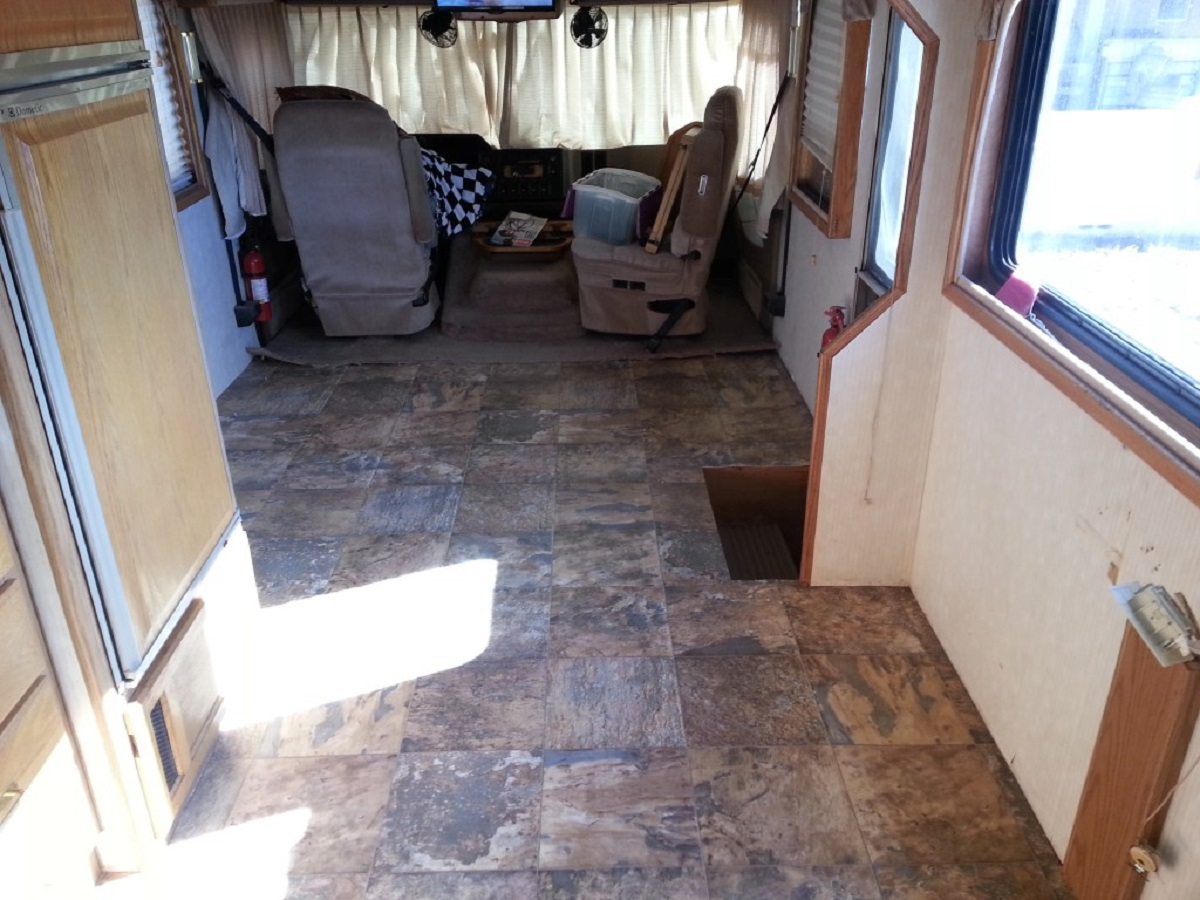
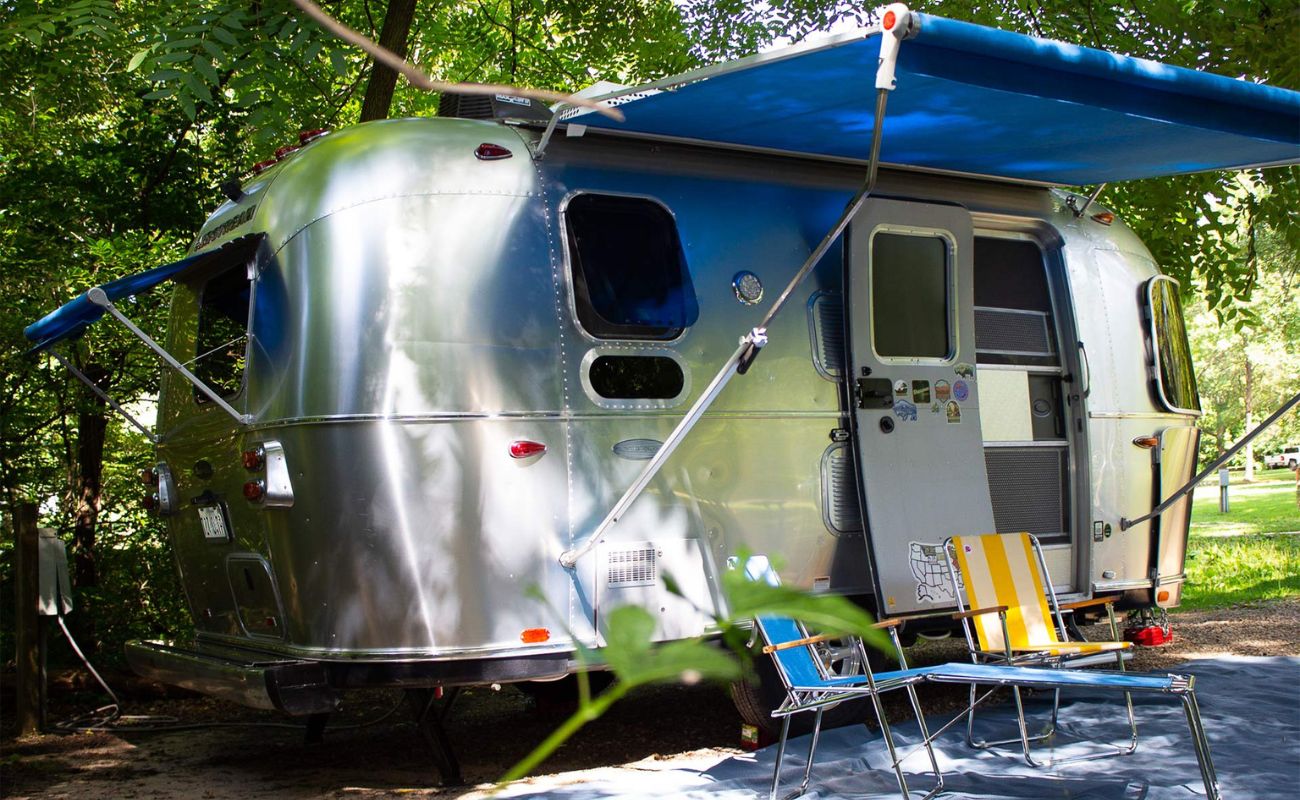
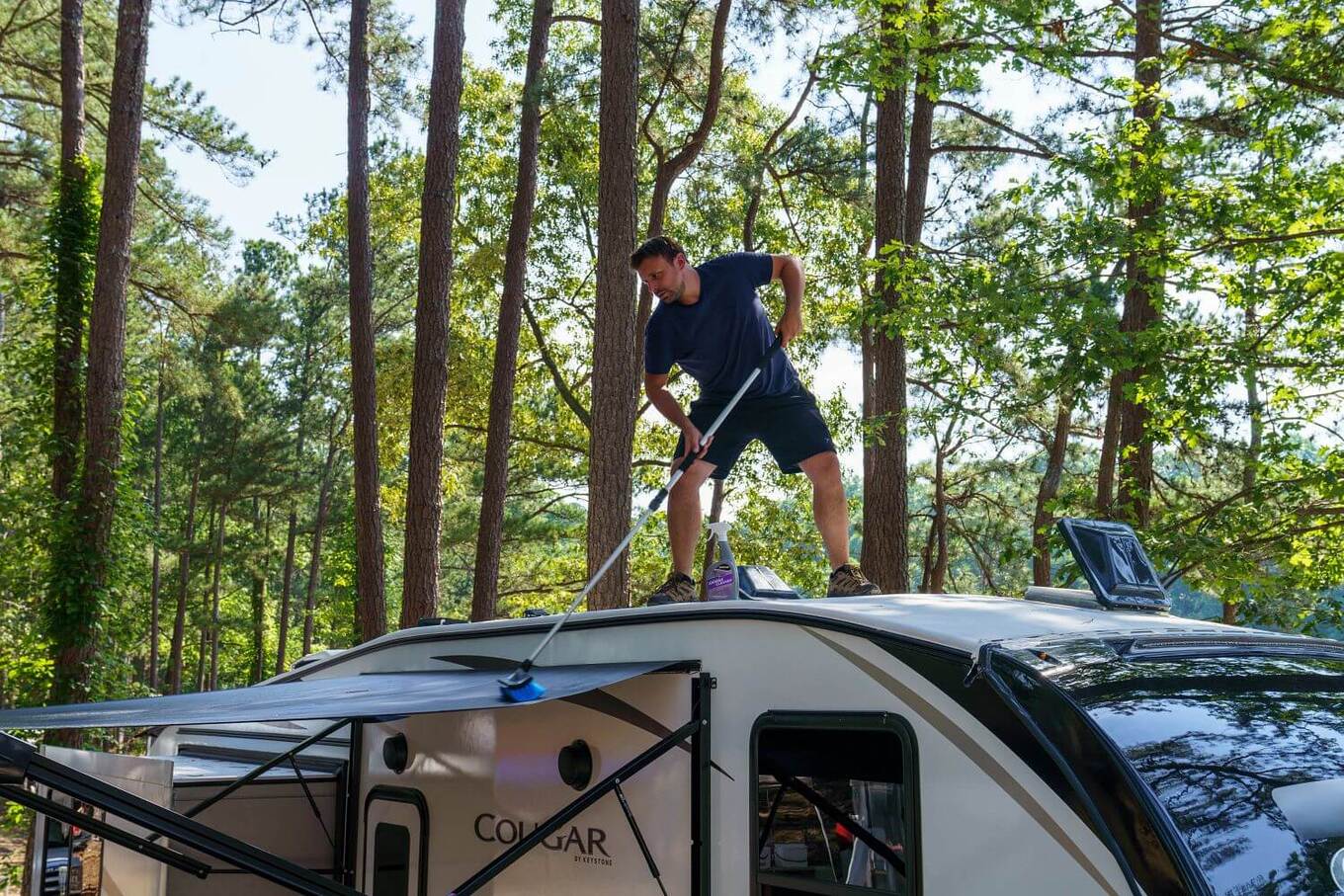
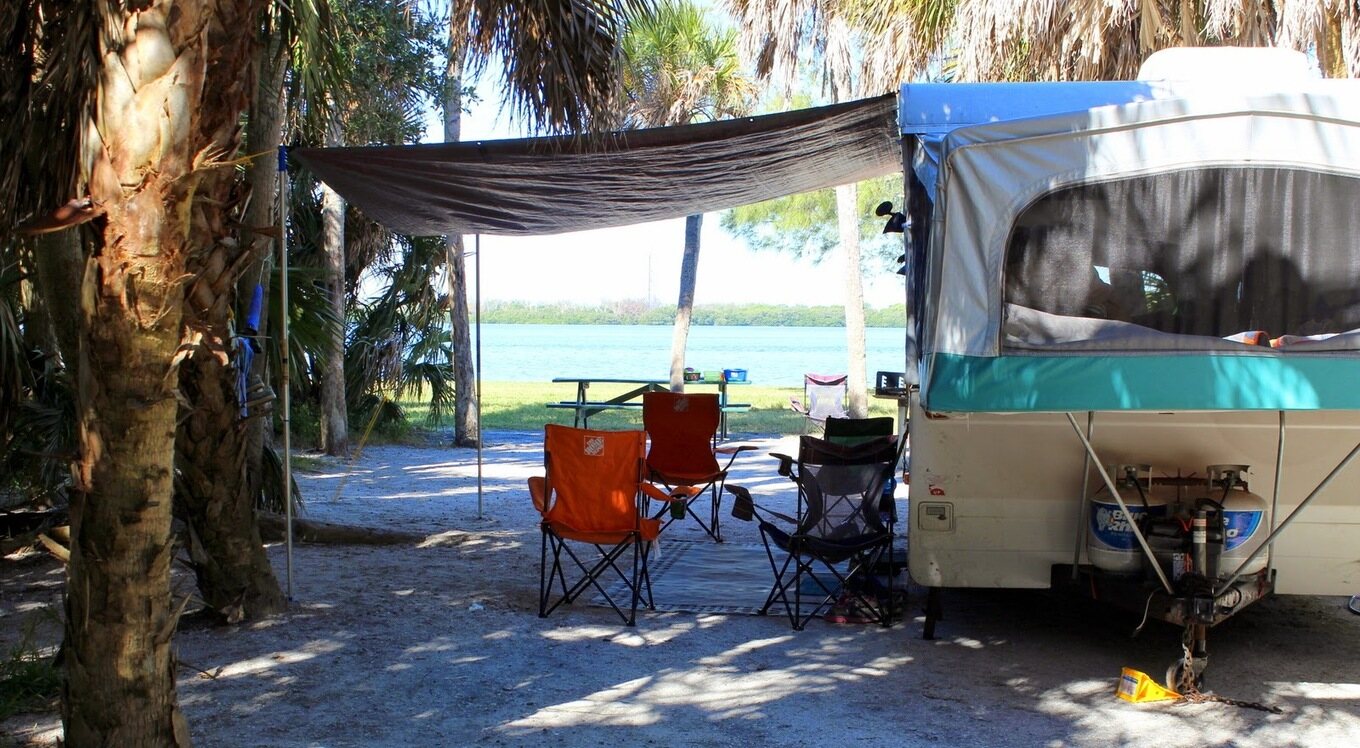
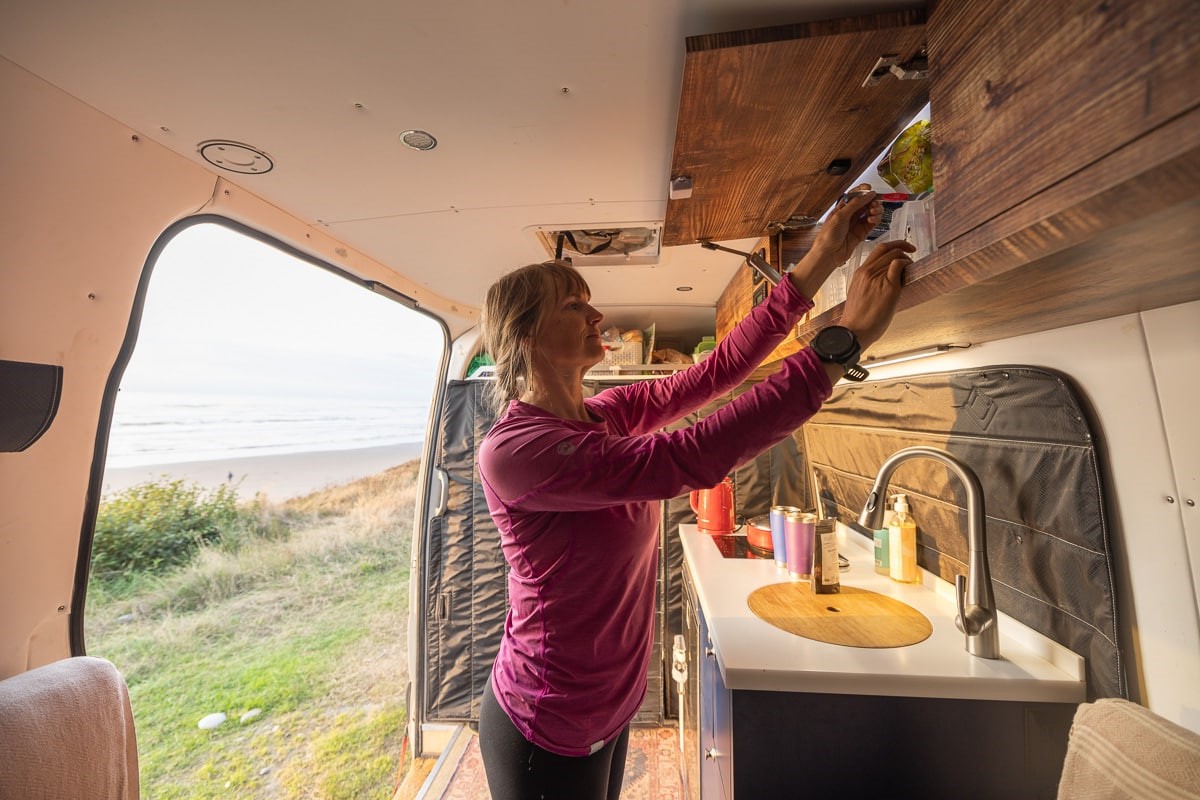
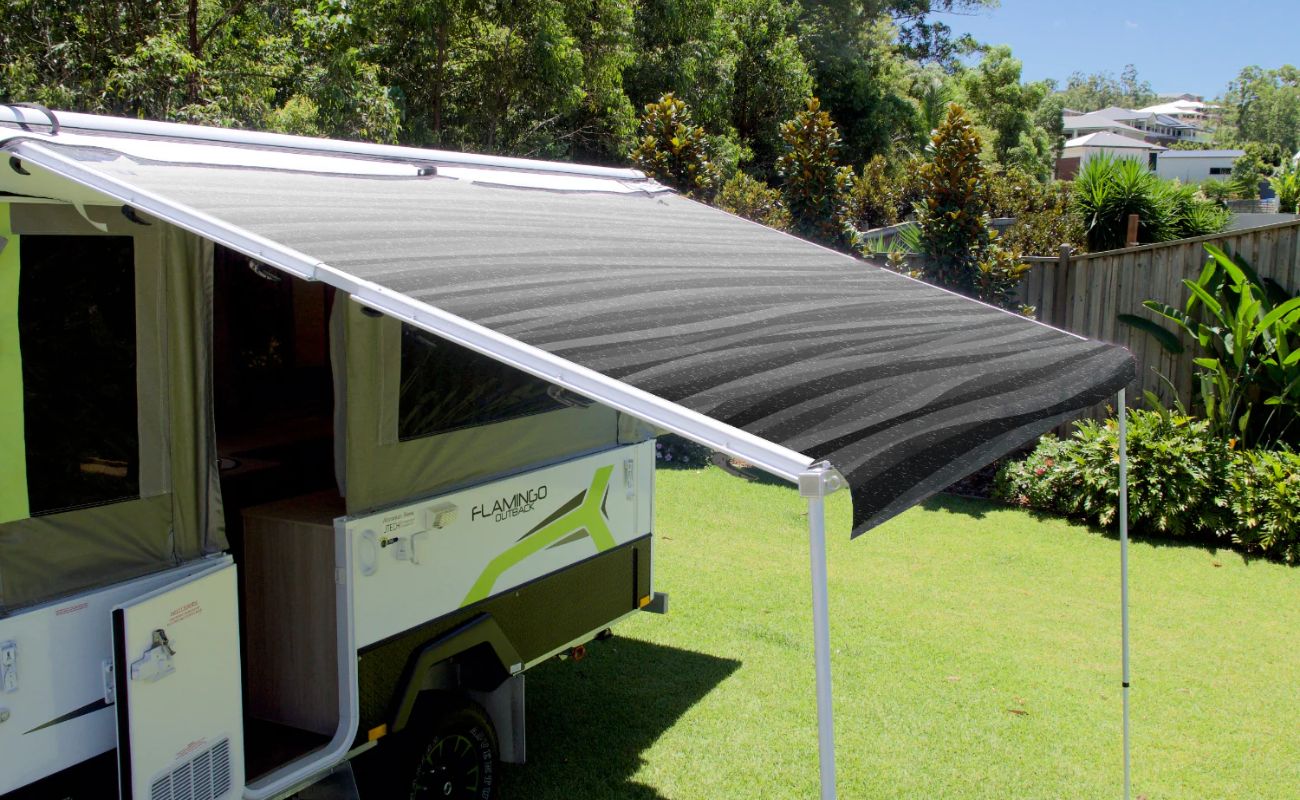
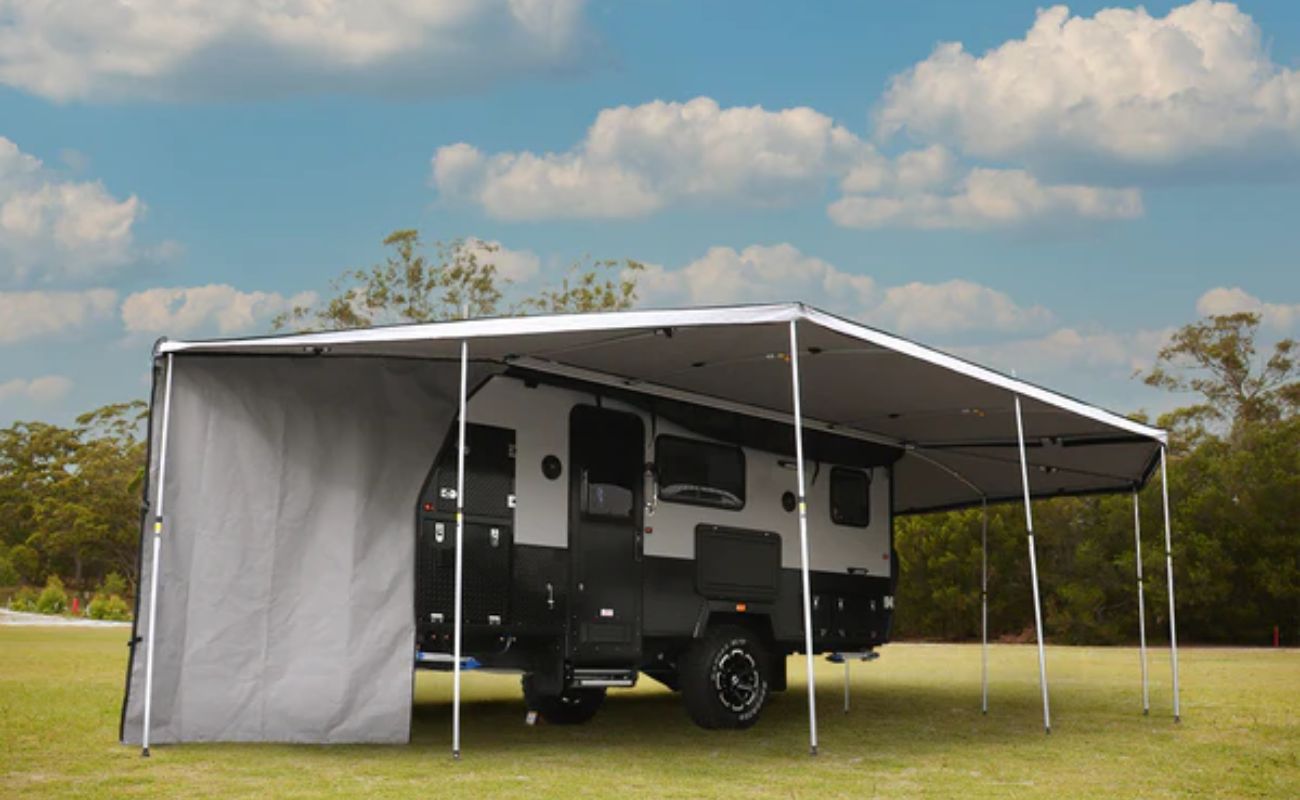
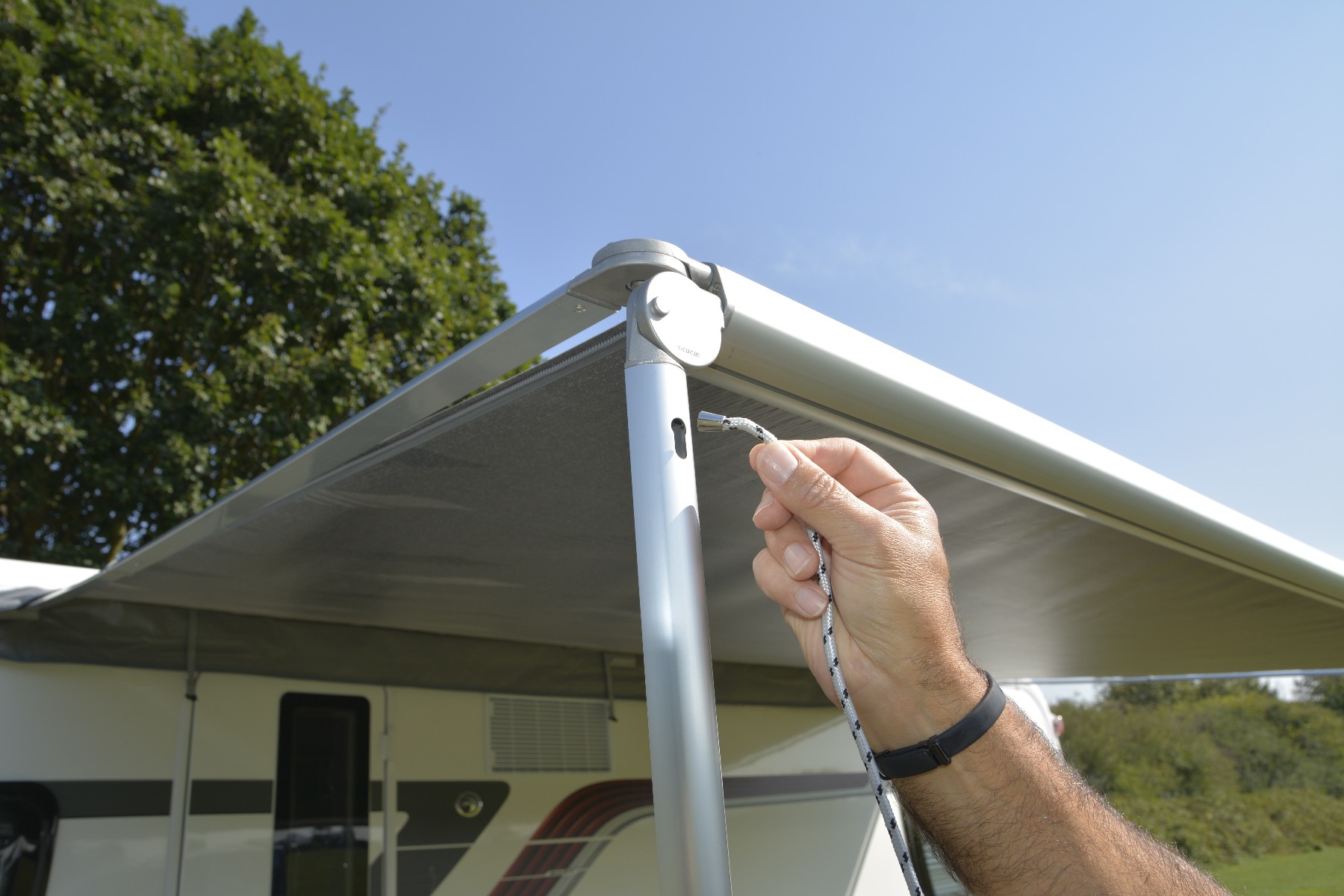
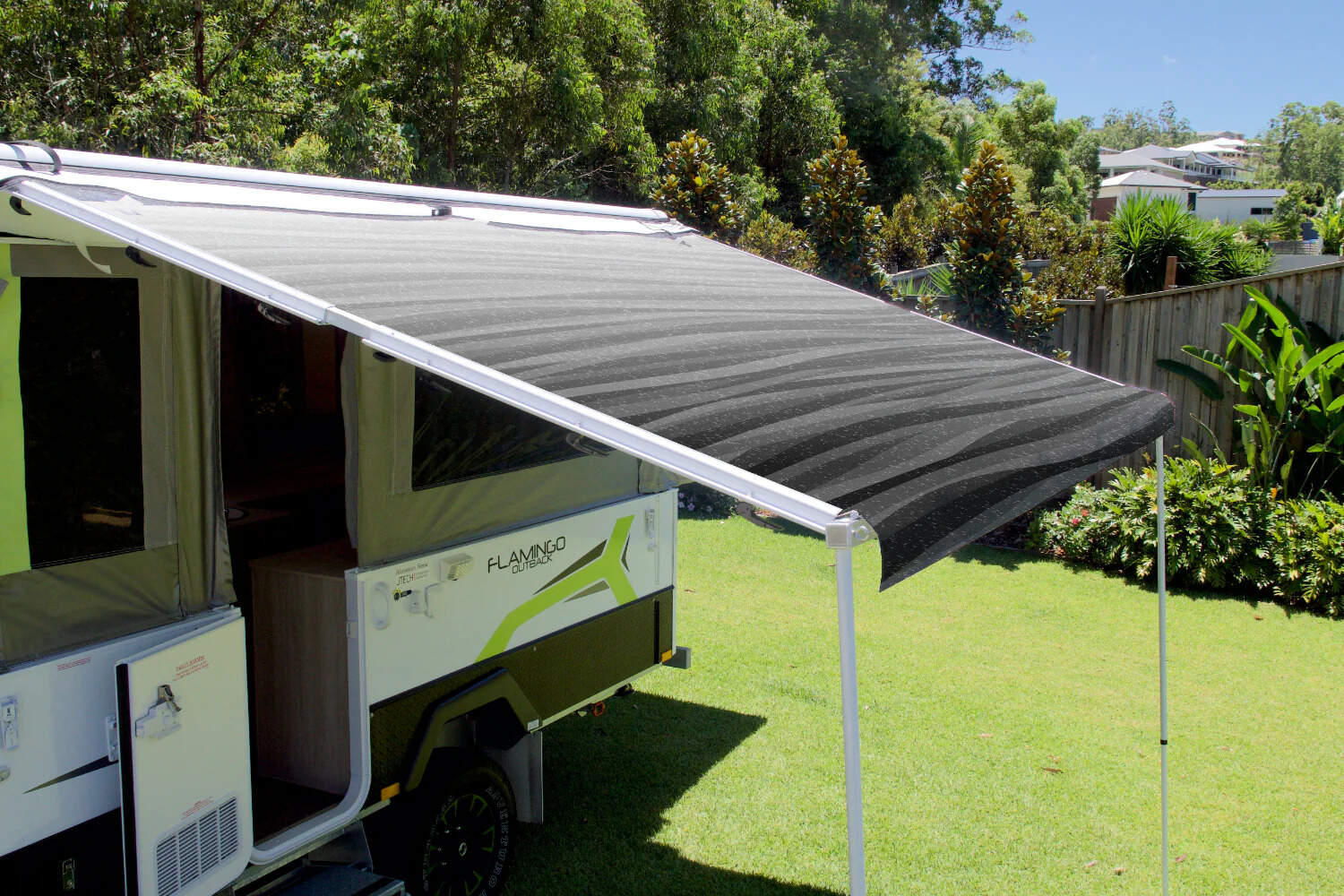

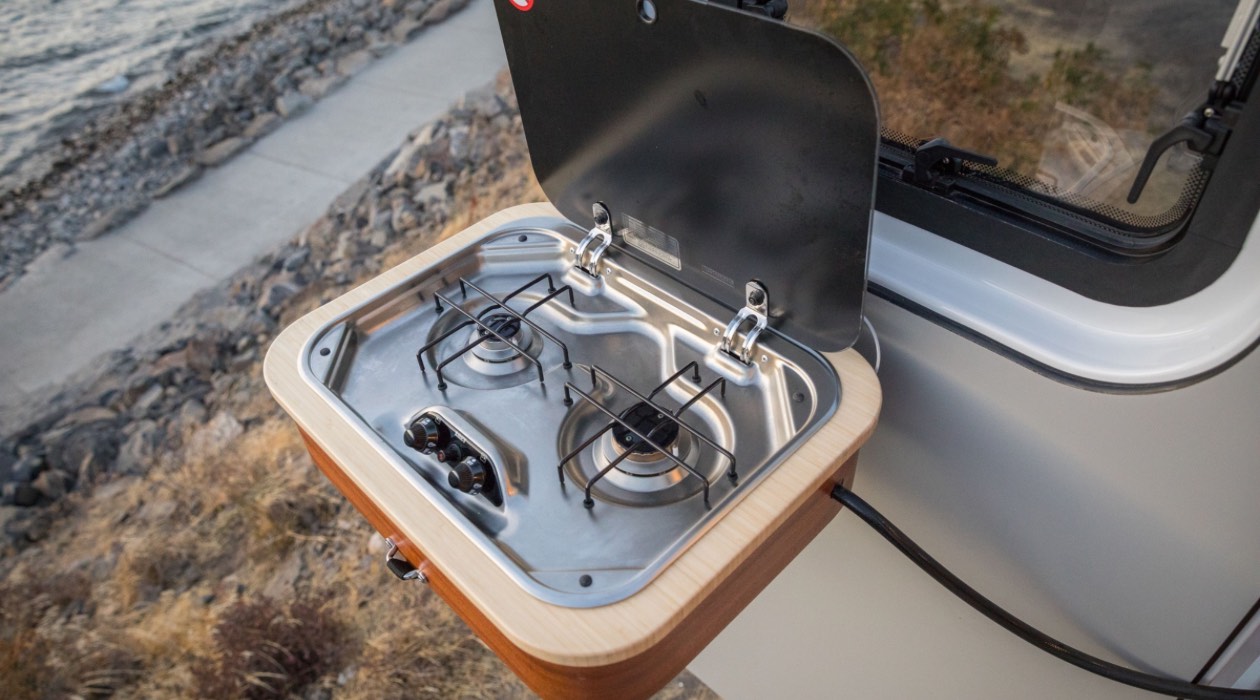
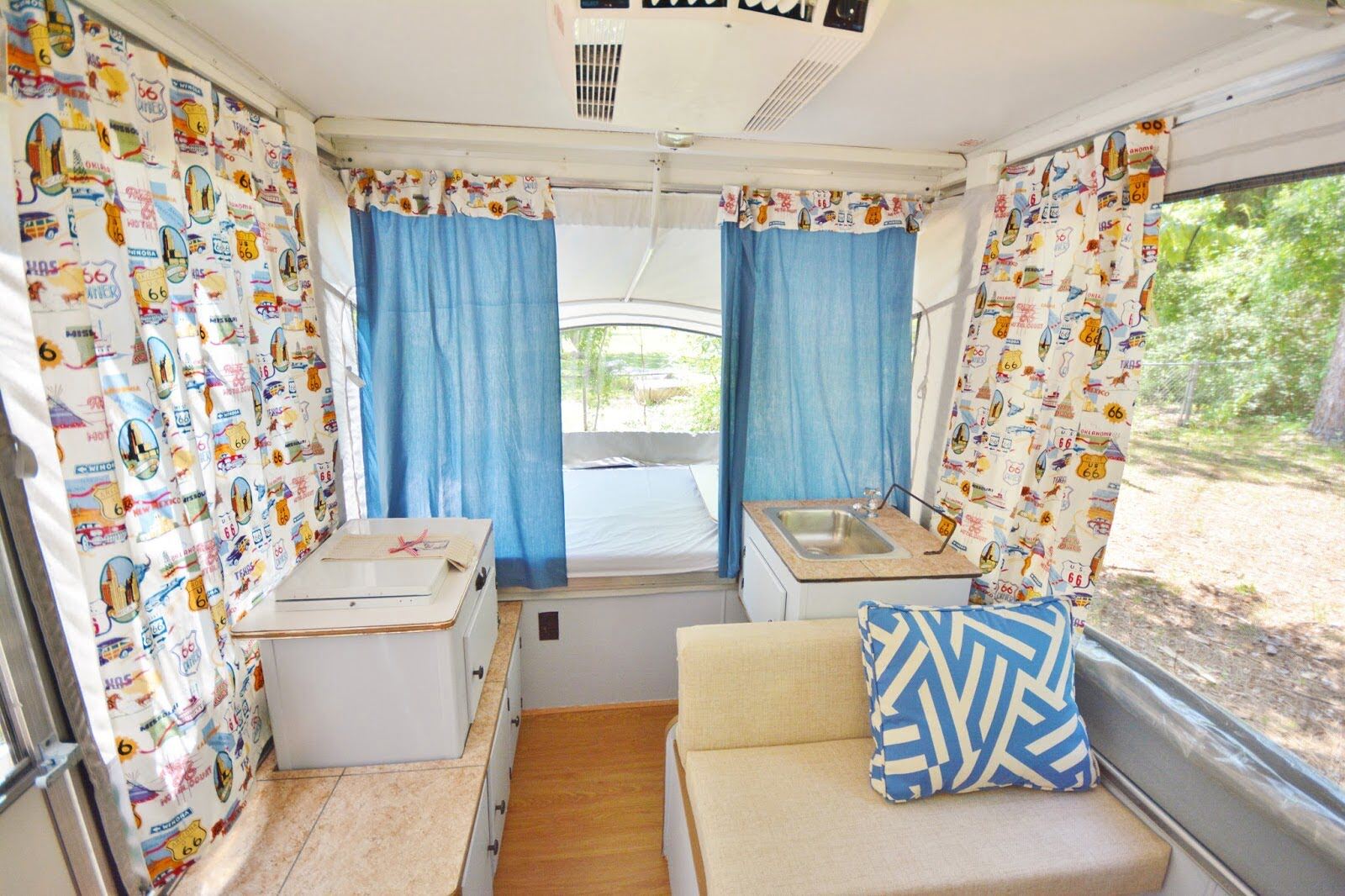

0 thoughts on “How To Store A Camper”